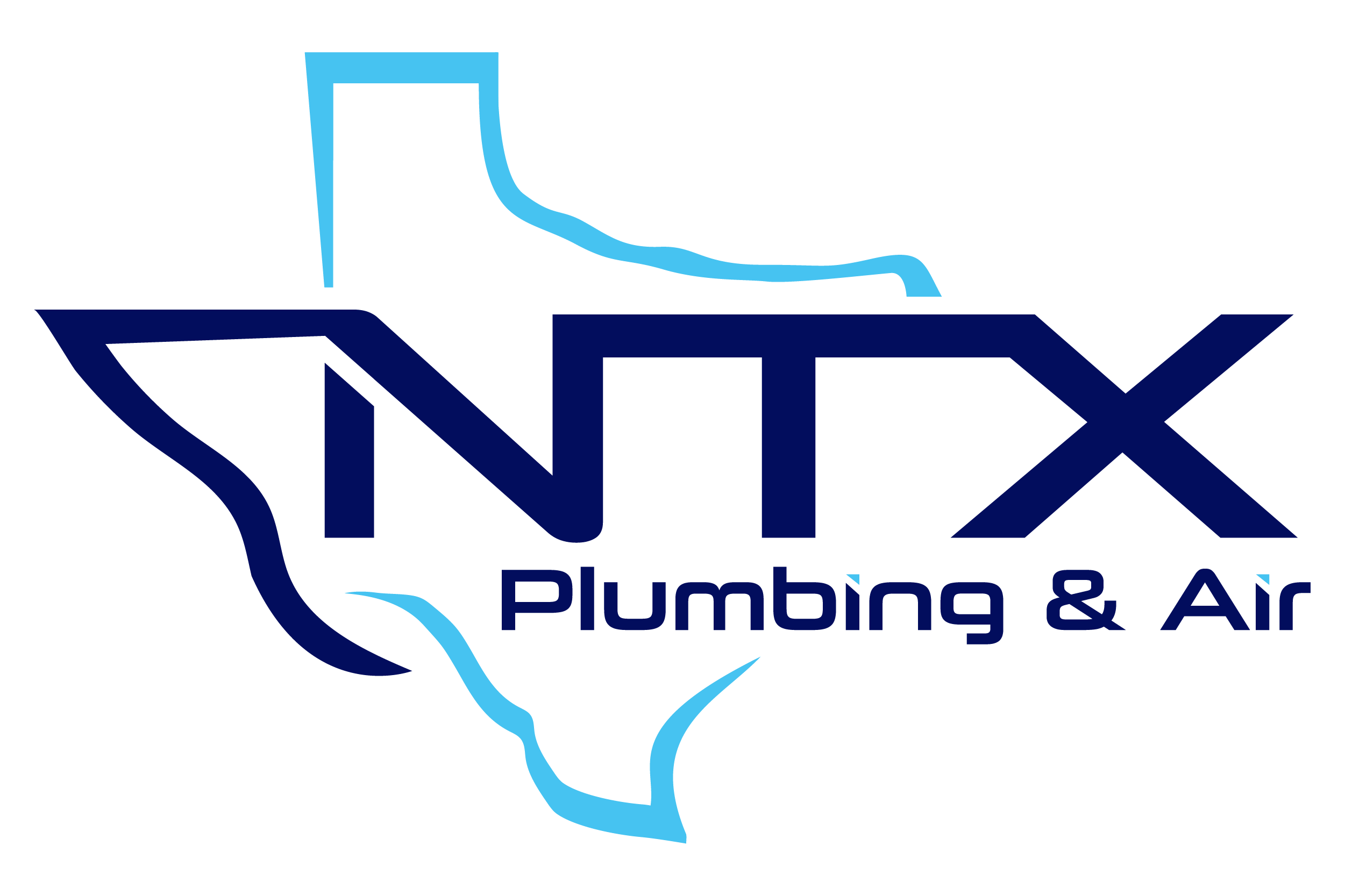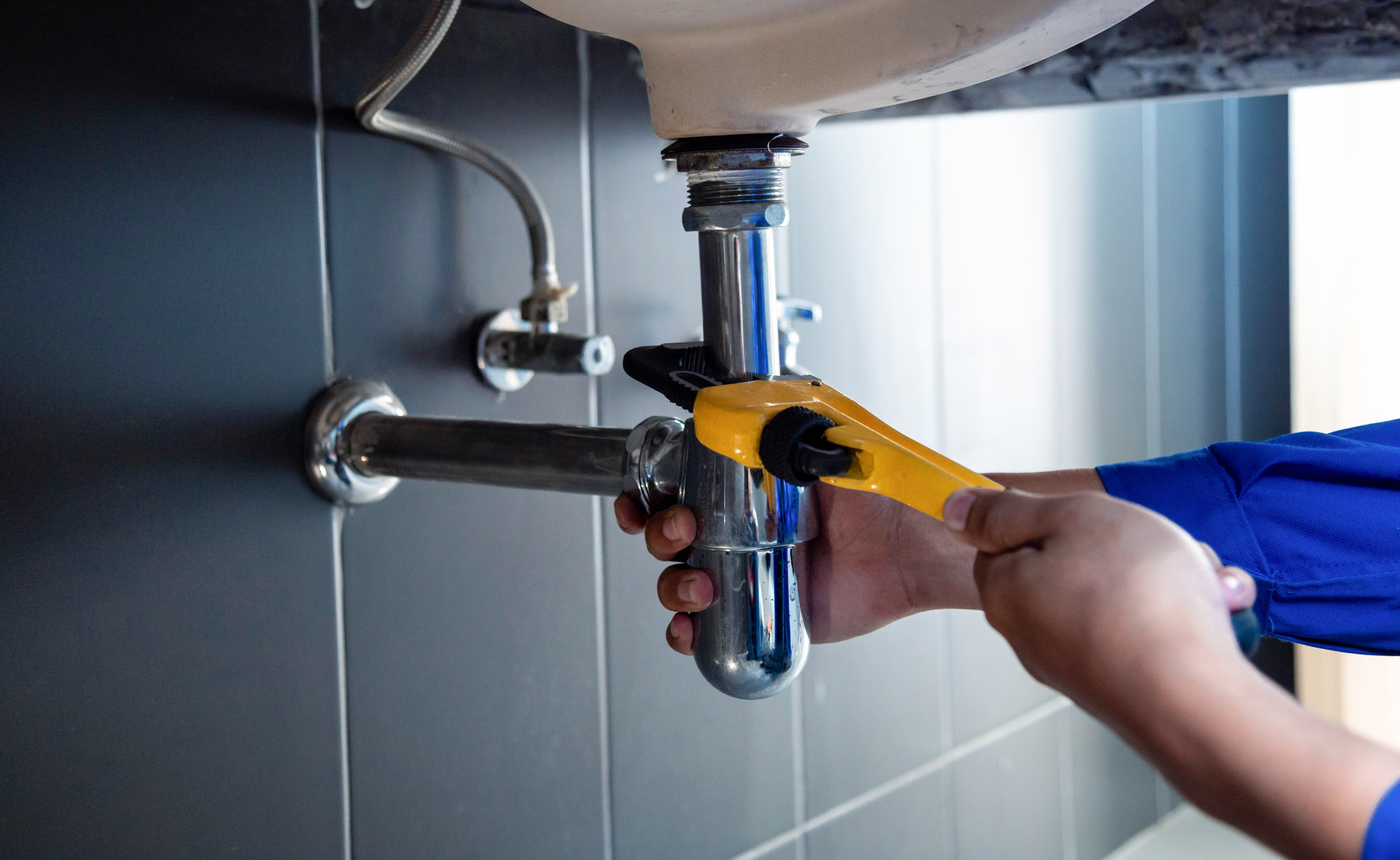Efficient plumbing is crucial for the smooth functioning of any commercial establishment. From office buildings to restaurants, hotels, and retail stores, maintaining a reliable plumbing system is essential for daily operations. However, various plumbing problems can arise, causing inconvenience, disruptions, and even potential property damage. In this comprehensive guide, we’ll delve into some of the most common commercial plumbing issues and provide actionable solutions to address them effectively.
1. Leaky Faucets and Pipes:
Leaky faucets and pipes are ubiquitous in commercial buildings and, if left unchecked, can lead to water wastage, increased utility bills, and structural damage.
Identification: Regularly inspect all faucets, including those in restrooms, kitchens, and utility areas, for any signs of leaks. Look for water stains, dripping sounds, or visible water accumulation.
Solution: To stop leaks, replace worn-out washers, seals, or faulty pipes. Consider installing water-efficient faucets and fixtures to reduce water usage and save on costs in the long run.
2. Clogged Drains:
Clogged drains are a common nuisance in commercial spaces, caused by a buildup of debris, grease, hair, or foreign objects.
Identification: Slow drainage, gurgling sounds, or water backups in sinks, toilets, or floor drains are indicators of potential clogs. Pay attention to recurring clogging issues in specific areas.
Solution: Use drain covers or screens to trap debris and prevent them from entering the pipes. Regularly clean drains using enzymatic cleaners, hot water, vinegar, or baking soda to dissolve buildup. For stubborn clogs, consider professional drain cleaning services.
3. Toilet Problems:
Toilets in commercial buildings are frequently used, leading to issues such as clogs, running toilets, leaks, and flushing malfunctions.
Identification: Pay attention to unusual sounds, slow flushing, water leaks around the base, or constant running of toilets, which indicate potential problems.
Solution: Educate employees or occupants on proper toilet usage and maintenance practices, such as avoiding the flushing of non-flushable items. Install water-saving flush mechanisms and conduct regular inspections for leaks, worn-out parts, or internal malfunctions. Promptly repair or replace faulty components to prevent further damage.
4. Water Heater Malfunctions:
Water heaters are essential for providing hot water in commercial settings, and malfunctions can disrupt daily operations and impact customer satisfaction.
Identification: Monitor water temperature consistency, unusual noises from the heater, rusty water, or water leaks around the unit, which are signs of potential issues.
Solution: Schedule regular maintenance for water heaters, including flushing to remove sediment buildup and checking for leaks or damaged components. Insulate hot water pipes to improve energy efficiency and reduce heat loss. Consider upgrading to energy-efficient water heaters for long-term savings on utility bills.
5. Low Water Pressure:
Low water pressure can affect various areas in a commercial building, including sinks, showers, and irrigation systems, leading to inefficient water usage and user dissatisfaction.
Identification: Test water pressure in different areas of the building using a pressure gauge or consult with a plumber to assess the system’s overall pressure.
Solution: Identify and address the underlying causes of low water pressure, such as clogged pipes, faulty pressure regulators, or water supply issues. Clean or replace clogged aerators, valves, or pipes to improve water flow. Install water pressure-boosting systems if necessary to maintain optimal pressure levels.
6. Sewer Line Blockages:
Sewer line blockages can result in sewage backups, foul odors, and health hazards, requiring immediate attention and professional intervention.
Identification: Signs of sewer line blockages include multiple drain backups, gurgling sounds from drains, foul odors, or wet spots in the yard or basement.
Solution: Contact a licensed plumber to perform a thorough inspection using video camera technology to locate the blockage. Depending on the severity, hydro-jetting, sewer line repair, or replacement may be necessary to restore proper sewer function and prevent future blockages.
Proper maintenance, proactive inspections, and timely repairs are essential for addressing common plumbing problems in commercial buildings. By staying vigilant, implementing preventive measures, and collaborating with qualified plumbing professionals, businesses can ensure efficient plumbing systems, minimize disruptions, and save on repair costs over time. Prioritizing commercial Plumbing maintenance not only enhances operational efficiency but also contributes to a healthier, safer, and more sustainable work environment for employees and customers alike.
Boost your business’s efficiency by partnering with our experts at NTX Plumbing! Discover expert tips to tackle common commercial Plumbing issues in commercial spaces and keep your operations running smoothly. Call us to secure your appointment.





